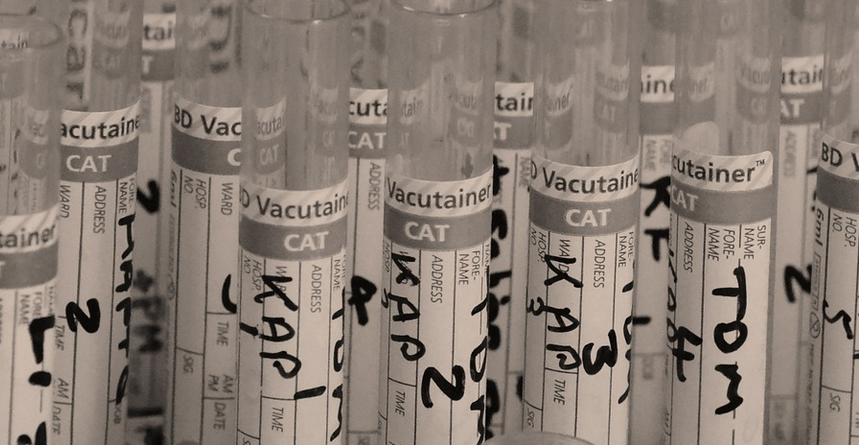The Basics of Green Ammonia
Green ammonia is a form of ammonia that is produced from renewable energy sources, such as wind and solar power. This sustainable alternative to traditional ammonia production has the potential to reduce greenhouse gas emissions and promote a more environmentally friendly approach to chemical production.
The Chemical Formula
The chemical formula for ammonia is NH3, indicating that it is composed of one nitrogen atom and three hydrogen atoms. Green ammonia is produced in the same way as traditional ammonia, but with the use of renewable energy sources.
The Benefits of Green Ammonia
Green ammonia has several benefits over traditional ammonia production. Firstly, it reduces greenhouse gas emissions, as it is produced using renewable energy sources. Secondly, it reduces the reliance on fossil fuels, which are finite resources. Thirdly, it promotes a more sustainable and environmentally friendly approach to chemical production.
The Applications of Green Ammonia
Green ammonia has several applications, including as a fertilizer and a fuel. It can also be used in industrial processes, such as the production of plastics and pharmaceuticals. As the demand for sustainable alternatives increases, green ammonia is becoming more widely used in a variety of industries.
The Challenges of Green Ammonia
Despite the benefits of green ammonia, there are several challenges associated with its production and use. Firstly, the technology for producing green ammonia is still in the early stages of development, and there are currently few large-scale production facilities. Secondly, green ammonia is more expensive to produce than traditional ammonia, due to the use of renewable energy sources.
The Future of Green Ammonia
Despite these challenges, the future of green ammonia looks promising. As technology advances and the demand for sustainable alternatives increases, the production and use of green ammonia is likely to become more widespread. Governments and companies are already investing in research and development to overcome the challenges associated with green ammonia.
Conclusion
Green ammonia is a sustainable alternative to traditional ammonia production, with the potential to reduce greenhouse gas emissions and promote a more environmentally friendly approach to chemical production. Although there are challenges associated with its production and use, the future of green ammonia looks promising as technology advances and the demand for sustainable alternatives increases.

